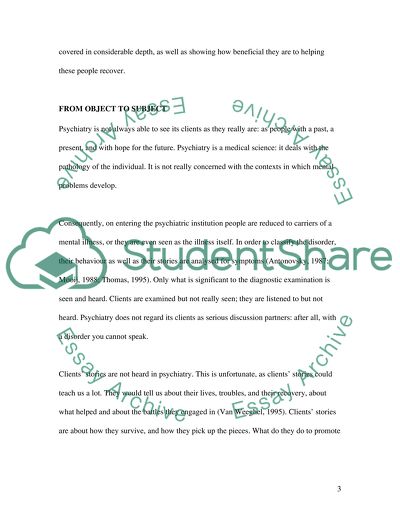Cite this document
(“Psychiatric Disorder and Society Essay Example | Topics and Well Written Essays - 2000 words”, n.d.)
Psychiatric Disorder and Society Essay Example | Topics and Well Written Essays - 2000 words. Retrieved from https://studentshare.org/health-sciences-medicine/1532397-psychiatric-disorder-and-society
Psychiatric Disorder and Society Essay Example | Topics and Well Written Essays - 2000 words. Retrieved from https://studentshare.org/health-sciences-medicine/1532397-psychiatric-disorder-and-society
(Psychiatric Disorder and Society Essay Example | Topics and Well Written Essays - 2000 Words)
Psychiatric Disorder and Society Essay Example | Topics and Well Written Essays - 2000 Words. https://studentshare.org/health-sciences-medicine/1532397-psychiatric-disorder-and-society.
Psychiatric Disorder and Society Essay Example | Topics and Well Written Essays - 2000 Words. https://studentshare.org/health-sciences-medicine/1532397-psychiatric-disorder-and-society.
“Psychiatric Disorder and Society Essay Example | Topics and Well Written Essays - 2000 Words”, n.d. https://studentshare.org/health-sciences-medicine/1532397-psychiatric-disorder-and-society.


